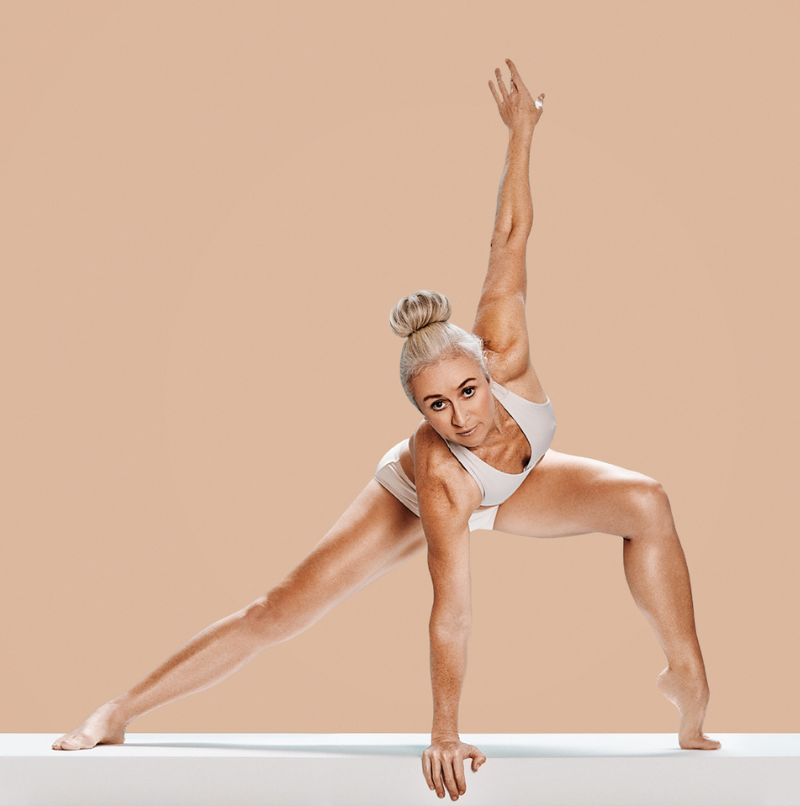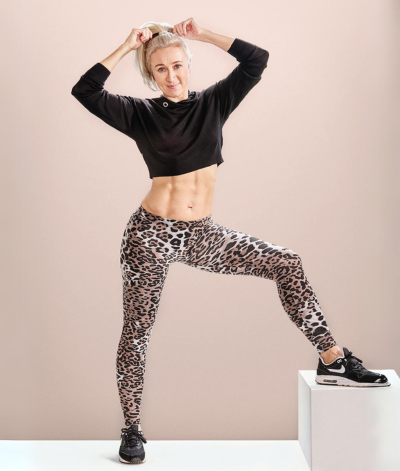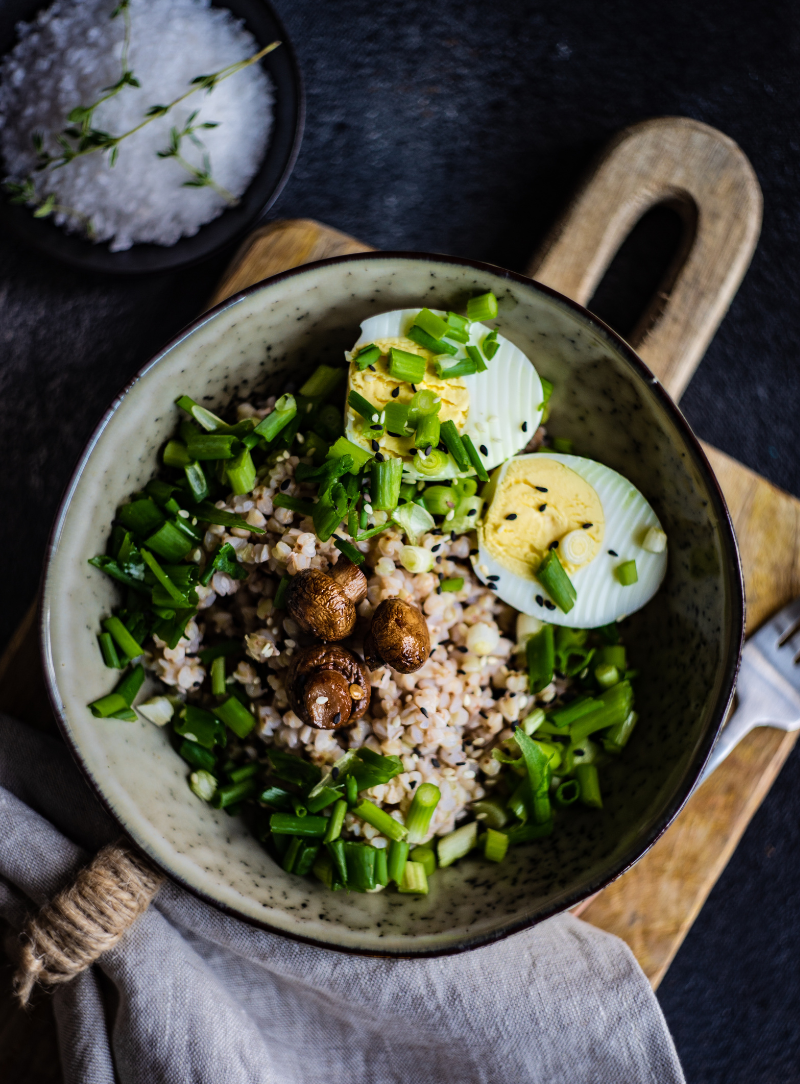
Hybrid Pilates Mat Strength
Sculpt and strengthen beyond traditional Pilates
Take your Pilates practice to the next level with a hybrid workout designed to sculpt and strengthen your body. By combining traditional Pilates techniques with innovative strength-building exercises, this programme helps you improve posture, tone muscles, and enhance overall strength. Whether you’re new to Pilates or looking to push your limits, this approach offers a well-rounded workout that goes beyond the mat.
Science meets movement: the hybrid advantage
Years of dedication to movement and strength fueled my exploration of the most effective workout methods for women. My journey led me to a powerful blend: combining the science-backed principles of strength training with the core focus and precision of Pilates. This unique fusion became Pilates Mat Strength, offering a programme that transcends traditional approaches and delivers true results.

The body is capable of amazing things. I will guide you to discover what yours can do.
Inside my Pilates programme
Dive into my video and discover how personalised Pilates Mat Strength can help you sculpt your body, strengthen your core, and boost your confidence.
Programmes
Real results, real people
Go beyond Pilates with women’s health coaching
My Women’s Health Coaching programme goes far beyond just exercise and diet, tailoring solutions to the unique needs of women like you.
Your 3-step journey to transformational wellness:
MOVE for strength & wellness
Regular movement boosts heart health and longevity, manages fat, and improves posture.
NOURISH for optimal performance
Optimise your body with targeted changes to food, water, sleep, and other daily habits.
THINK for lasting empowerment
Understand how your mindset (thoughts and feelings) support or detract from optimal health.




